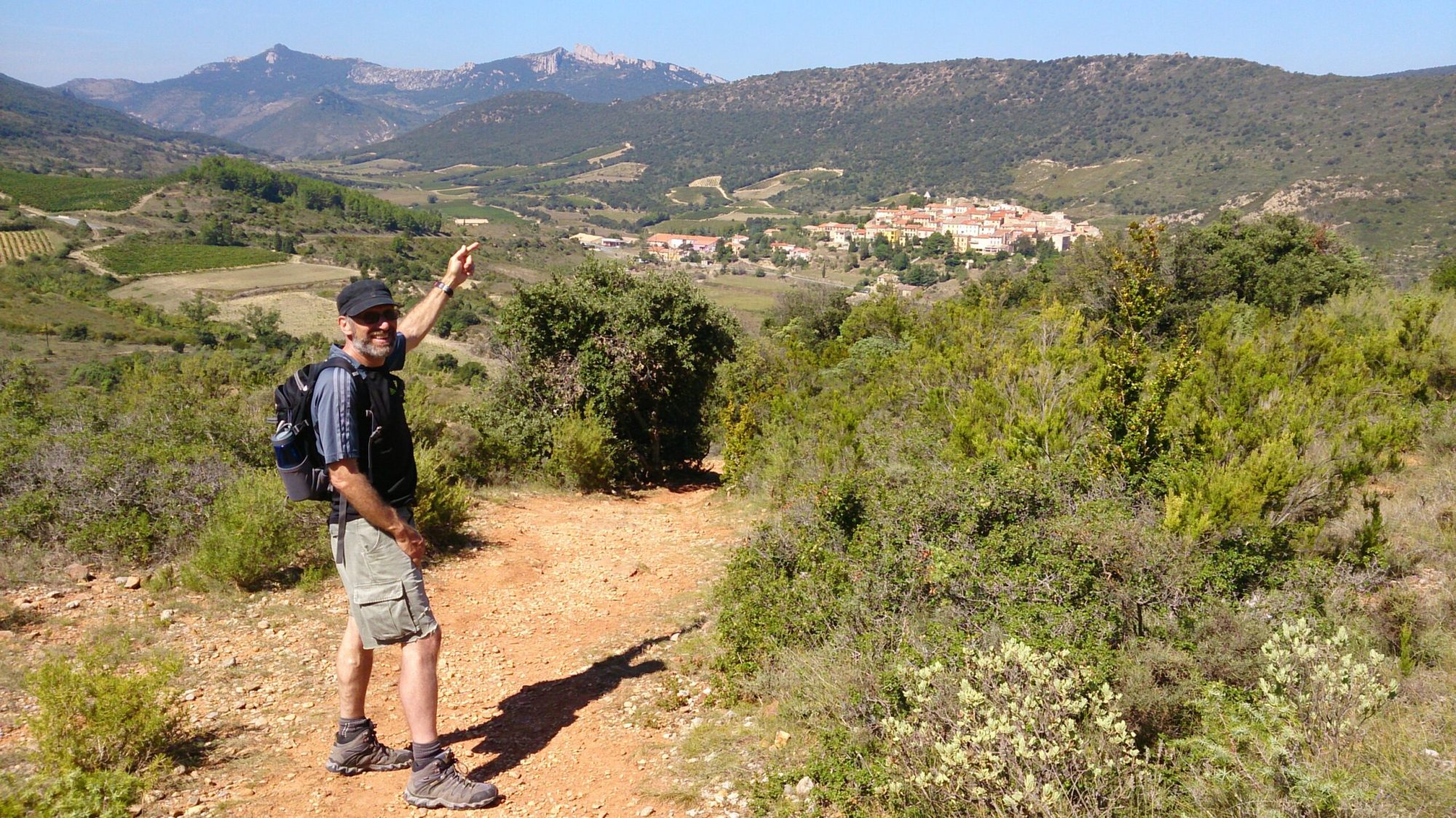Top 10 Tips for Hiking in the Heat

It seems as soon as the hot weather arrives in Ireland it has gone again. But it may return, and summer heatwaves do occasionally occur in our uncertain climate. In addition, many of us now head to hotter countries like Morocco, France and Spain to take hiking holidays.
Know Your Enemy
There are inherent dangers to hiking in hot weather and when the sun is beating down all day, and the most obvious of these are sunburn, dehydration and heat exhaustion.
Sunburn
Campaigns in recent years to alert us to the dangers of exposure to too much sun seem to have sunk home. Now almost everyone is aware of the risk of sunburn and skin cancer that comes with over exposure to the sun’s harmful ultraviolet rays.
At higher altitudes the sun’s ultraviolet rays are stronger, as the air is thinner and less able to shield us from them, and this leads to an increased risk of sunburn.
Sunburn is at best painful, and at worst brings the increased risk of melanoma and other skin cancers.
Dehydration
When hiking in hot weather, particularly when working hard or moving uphill, the human body starts to sweat to loose heat and regulate its’ core temperature. It is important to replace this lost fluid and the mixture of essential salts (electrolytes) that it contains, to maintain normal body functions.
One of the first and most obvious signs of dehydration is feeling thirsty, and this may be accompanied by a headache, dizziness and a feeling of weakness.
Your muscles need water to function correctly, and a further sign of dehydration may well be cramps in the legs.
Heat Exhaustion
Heat exhaustion is not as severe as heat stroke, but could be considered as a precursor to it. It is often related to dehydration, and the early signs are the same, headache, thirst, dizziness and dark yellow urine. These symptoms may also be accompanied by confusion, profuse sweating, cramps, rapid heart rate and fainting.
It is important to cool down, so seek out shade, rest and avoid exertion. Drink plenty of fluids and if possible wet the head and neck. Act quickly to avoid heat stroke, which is a serious condition requiring medical intervention.
So how best to cope when the heat is on? And what can we do to minimise the risks?
- Avoid hiking in the hottest part of the day.
Consider hiking in the early morning or evening and resting during the hottest part of the day, usually the afternoon. This is a good strategy in hot weather, and is important in avoiding the other risk areas, dehydration and overheating.
- Slap on the sun block.
The first line of defence against sunburn is to apply sunblock to exposed skin, the fair skinned and those not used to the sun should consider a factor 30+ or higher, and reapply during the day if you think you are sweating it off.
Remember to apply behind the ears and other awkward places, and if you are travelling over reflective surfaces, such as snow, apply below the chin and under the nose. I have seen some painful cases of under-nose sunburn in people travelling over snow for extended periods!
- Cover Up.
It’s important to cover exposed skin, wide brimmed sun hats are a must in strong sunlight, and wear long sleeve shirts and long pants to avoid too much exposure to the sun. Loose fitting and light coloured clothing will help you to stay cool when things heat up.
- Wet your shirt or buff to cool down.
Wearing a wet cloth (a light scarf or buff) around the neck, will help to cool you down, as the blood vessels run close to the surface here and a wet cloth next to the skin will help to cool the blood. If it’s really hot you can dampen your shirt in a stream for an even greater cooling effect.
- Drink to rehydrate.
To replace these lost fluids drink between 2 and 4 litres of water a day, though this is a generalisation as individuals differ in their needs. Drink when you are thirsty, which makes sense, avoid drinks containing caffeine and alcohol as these are diuretic and will make you pee more.
To replace lost salts mix water 50:50 with fruit juice or add shop bought electrolytes, such as dioralyte, to your water bottle.
- Modify your expectations.
Don’t take on too much in the day, rest more often when shade is available, and avoid the hottest part of the day. Take your time.
- Take care of your feet.
Sweaty feet pose an increased risk of getting blisters, take your boots off when you can and dry, or better still, change your socks. Dipping your feet in a cool stream on a hot day is one of life’s finer pleasures, and is great for cooling the blood.
- Lighten your pack.
If the weather forecast is nailed on for a sunny day, consider leaving your waterproof pants or spare warm layers at home. You might need the space for extra water anyway.
- Check your pee.
Check the colour of your pee, if it is a dark yellow colour than you are dehydrated, in a normally hydrated person it should be of a pale straw colour.
- Beware of cold water shock.
This occurs when the body is suddenly subjected to a rapid drop in external temperature, such as you might get if you jumped into a river. This sudden immersion results in a ‘gasp’ reflex, which can lead to water getting in the lungs, and to drowning. It is accompanied by contraction of the blood vessels which puts a strain on the heart, leading to possible heart failure.
